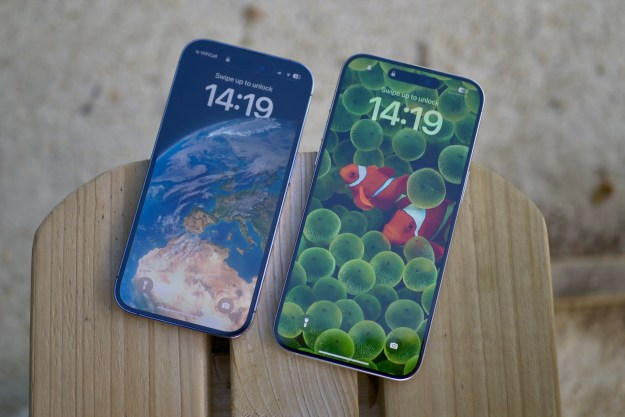Apple kicked off its keynote a little differently today. Rather than the usual parade of stats and milestones, CEO Tim Cook started off the event by unveiling something totally new: a robotic arm that’s designed to break down old iPhones and separate all their component parts for recycling.
The bot is called Liam, and it was designed and built by Apple engineers in California, the company says — part of Apple’s larger effort to adopt more environmentally friendly business practices. Before unveiling the bot, Cook also announced initiatives aimed at offsetting the company’s energy use, switching to renewable energy sources in its manufacturing facilities, and even using recycled paper for all of Apple’s products. But Liam was definitely the most exciting of the bunch.
The robot’s process is fairly straightforward. It begins by picking up your old phone and scanning it to determine the make and model. Once the scan is complete, the system knows every single component inside the phone — every screw, every circuit, and every piece of metal, plastic, or glass. Then, using an array of suction cups and specialized attachments, the bot begins to systematically break down the phone and separate the parts.
This system is far more meticulous than traditional smartphone recycling processes, and as a result, it’s also far more efficient. Such meticulous separation allows Apple to harvest useful materials like gold, copper, platinum, lithium, aluminum, and steel; all of which can then be recycled and used to create new electronic devices.
Apple gave Mashable an exclusive preview of the robot, and while the company refused to say how much Liam cost to build, Apple did disclose a few interesting stats about how it will work:
Liam completes an iPhone disassembly process every 11 seconds, with dozens running through the system at all times. About 350 units are turned around each hour, equivalent to 1.2 million iPhones each year. Apple wouldn’t say when Liam started its work, but emphasized the project is still in the research and development stages. As of right now, the company puts Liam to work Monday through Friday — it gets the weekend off.
It’s unclear at this point if the company has built multiple Liam systems, or has merely produced this first one as a proof of concept. Mashable noted that others are planned for Europe, but did not explain whether more already exist. But in either case, this is a win for the environment, and solid proof that Apple’s “think different” mantra is still alive and well.
Editors' Recommendations
- iPhone 16: news, rumored price, release date, and more
- Here’s how Apple could change your iPhone forever
- We now know when Apple is adding RCS to the iPhone
- The DOJ has sued Apple over the iPhone. Here’s what it means for you
- UPS worker accused of nabbing $1.3M worth of iPhones and other Apple gear




